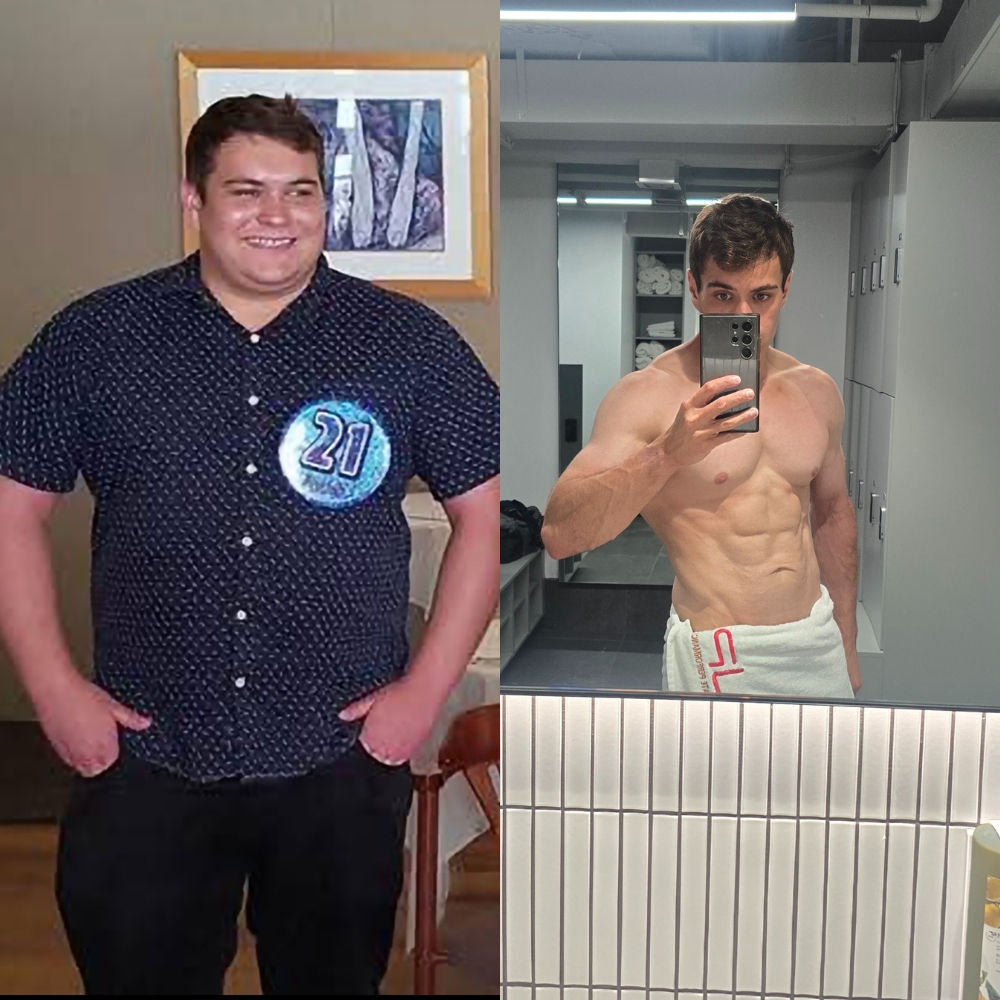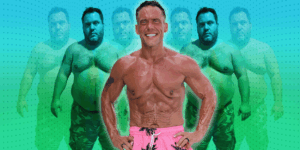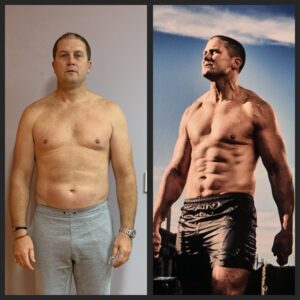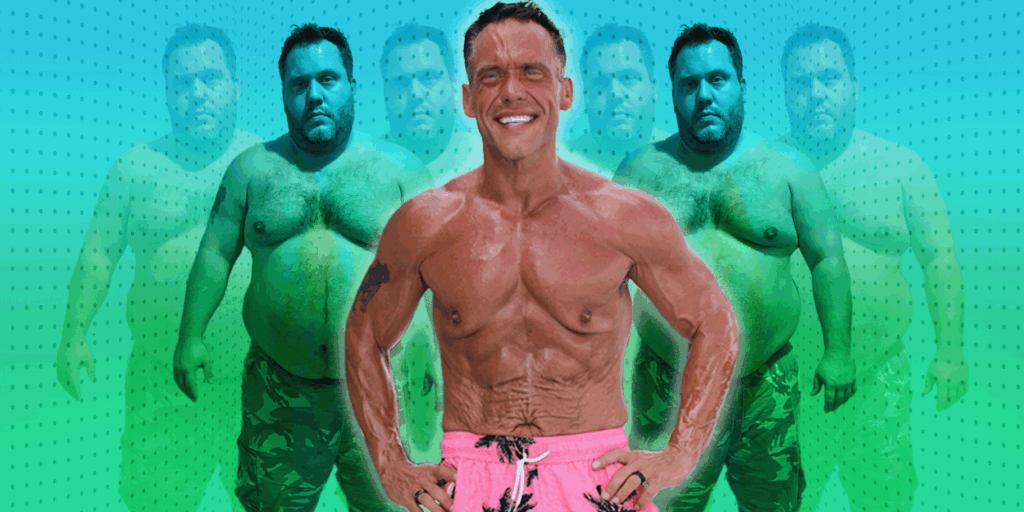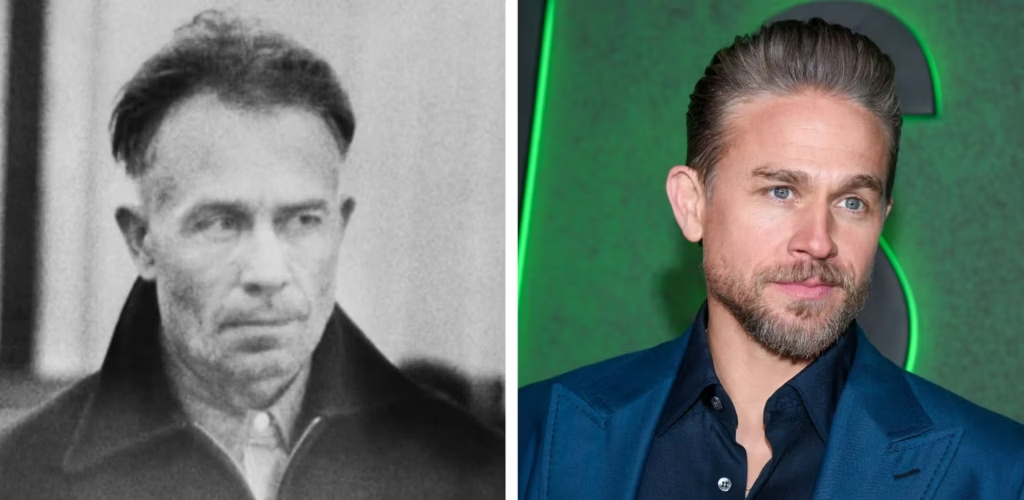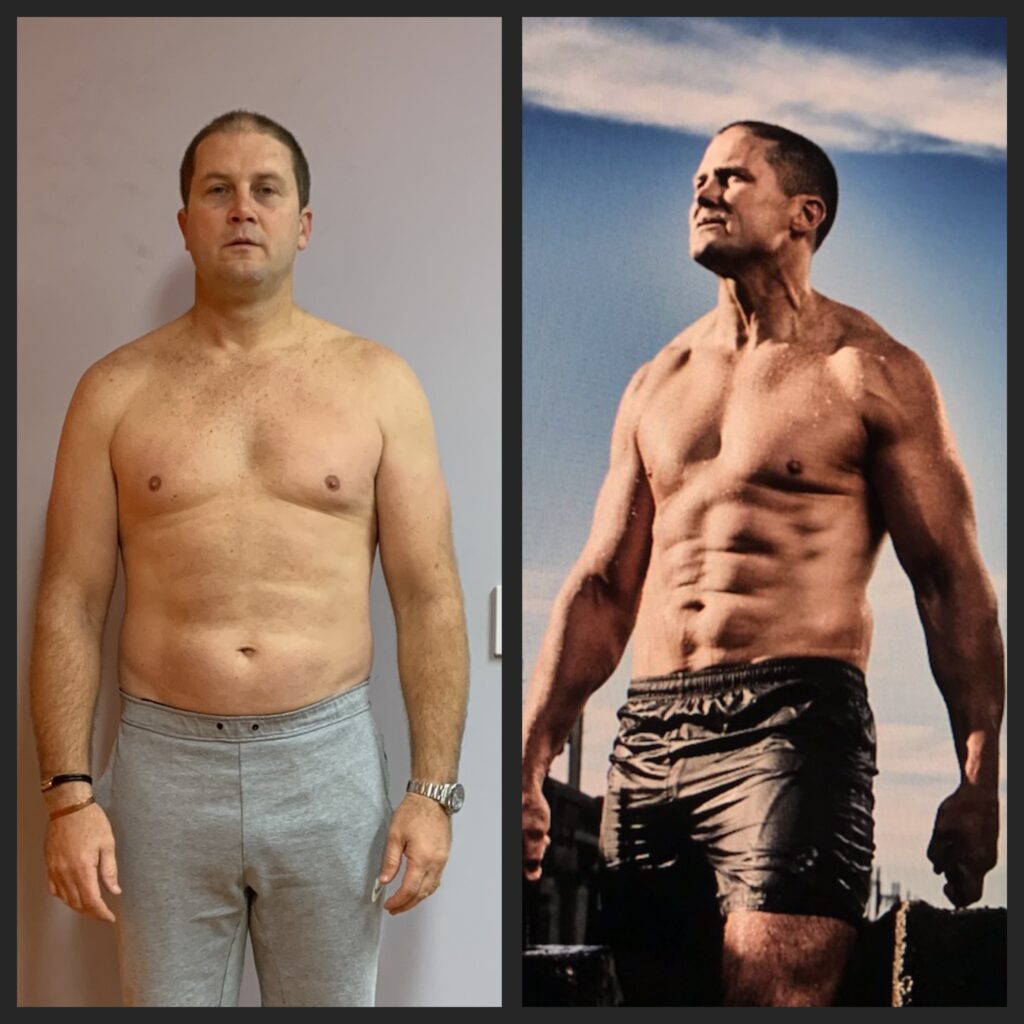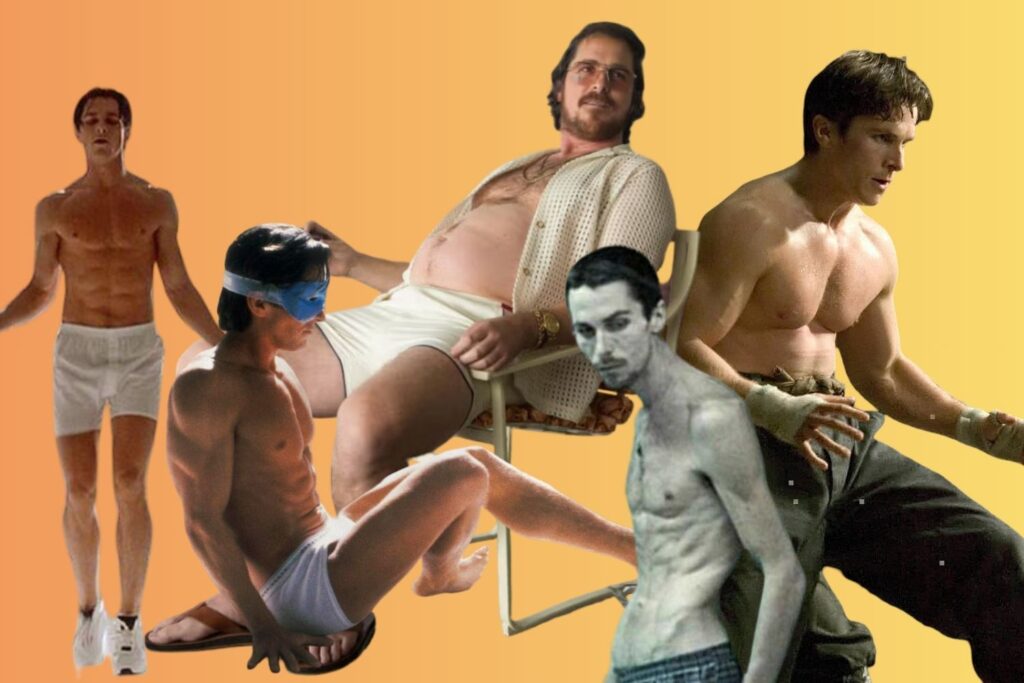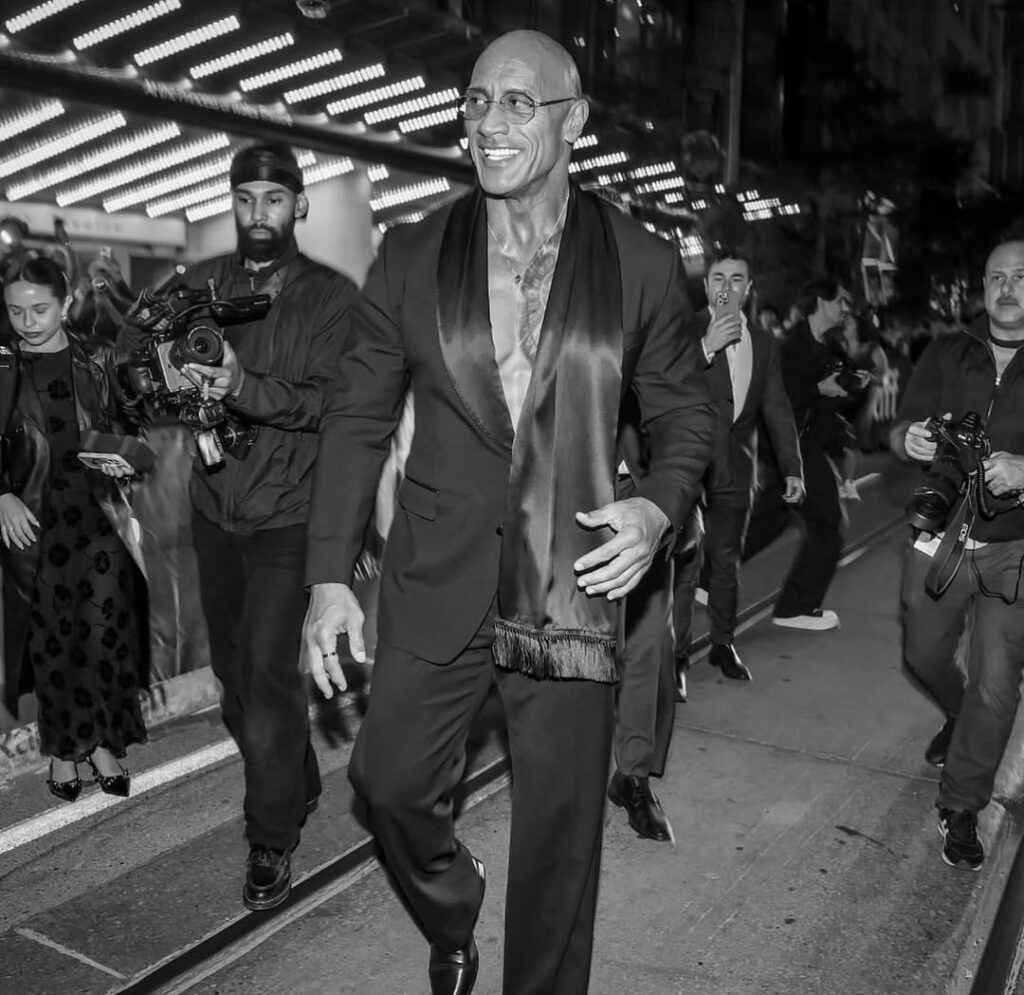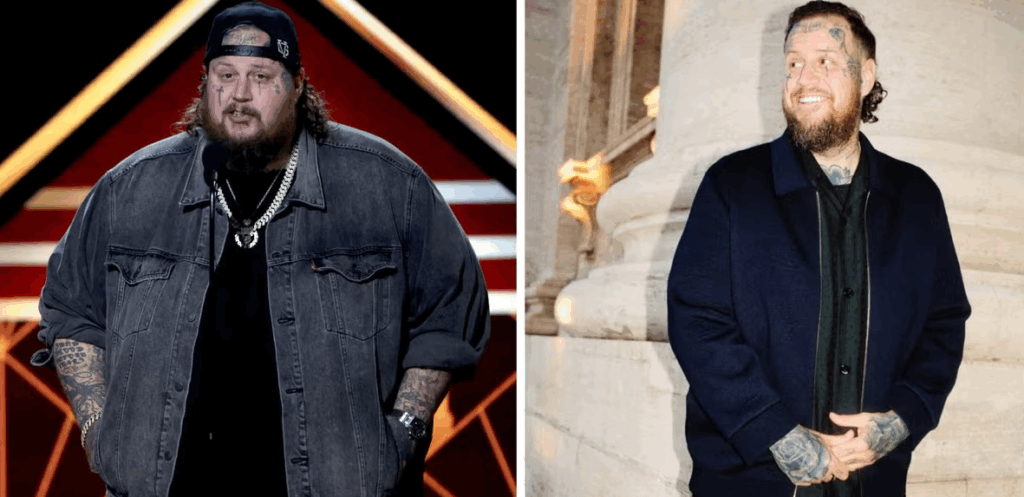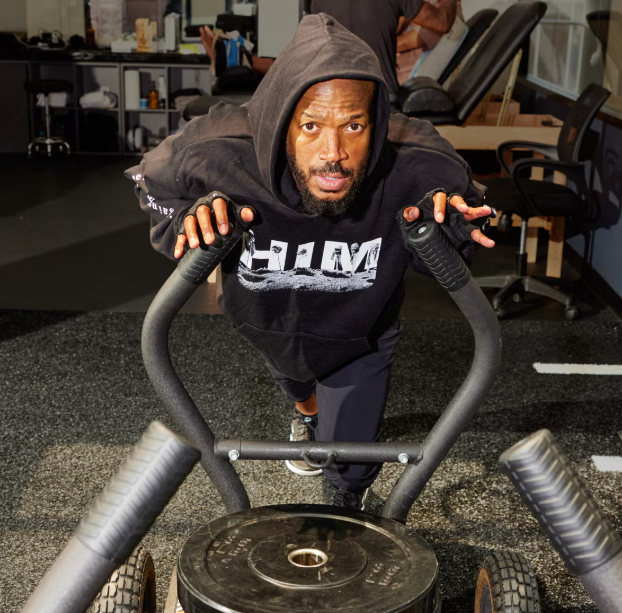PLENTY OF TRANSFORMATIONS come across our desks here at Men’s Health. Few, if any, impress as much as that of Simon Taylor, a 29-year-old software engineer from Sydney.
In his early twenties, Taylor was staring down the barrel of a shortened life. He had high blood sugar, was pre-diabetic and was advised to strongly consider weight loss surgery. You could say that Taylor had to make a decision, but that would imply he had a choice. He didn’t. It was either make a change, or face the consequences.
Taylor started on a very low calorie diet and began taking diet supplements. It worked. He lost 66kg and turned his life around. Then he entered a yo-yo period. Every year or so, he would start weight training and put on weight in an attempt to gain muscle, only to lose it all again. He went through a cycle where he would gain and lose 20kg, over and over.
Eventually, Taylor decided enough was enough. He started training at Ultimate Performance Sydney, with a qualified coach. He entered the process at 87kg, and after three months he managed to get down to 73kg while going from 30 per cent to 10 per cent bodyfat and gaining muscle. Perhaps most impressive of all, he accomplished this on a vegetarian diet.
Here, Taylor walks us through his journey in his own words.
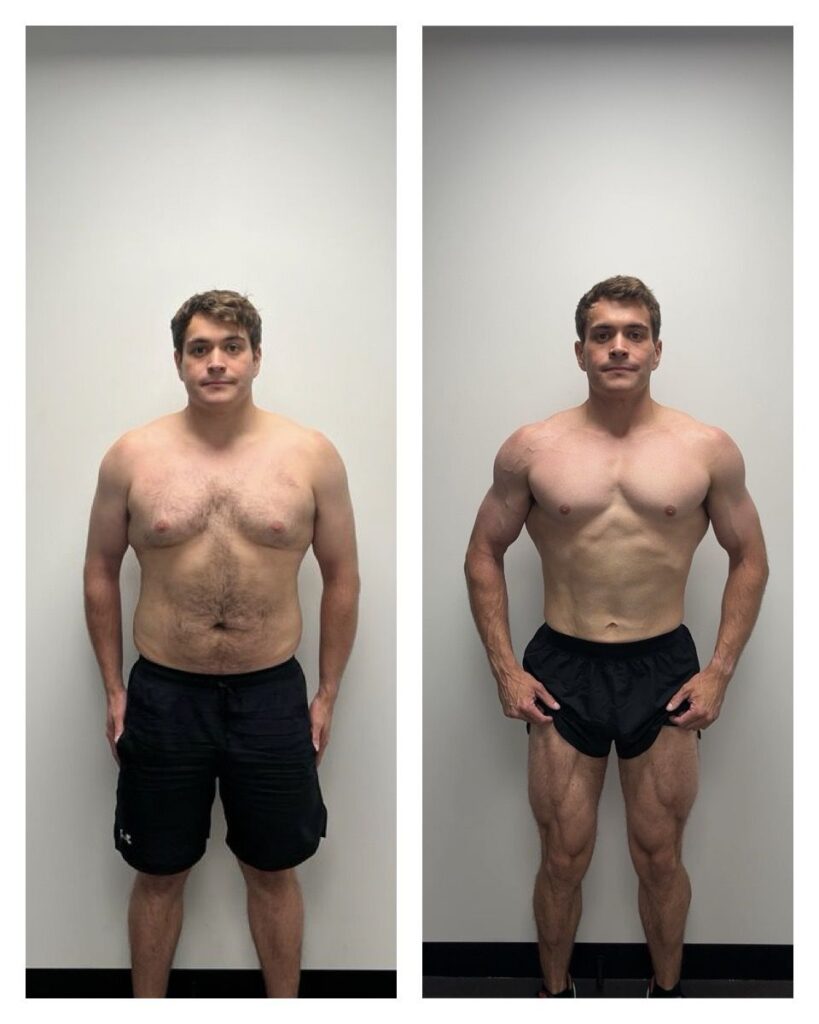
“I suffered from severe obesity from my late teens until I started losing weight at 22 years old. The heaviest weight recorded in my medical records was 136kg. At that time, I had been diagnosed with high blood pressure and pre-diabetes and was taking metformin, insulin and measuring my blood glucose multiple times per day.
At 22 my GP was strongly suggesting weight loss surgery. We started on a medically supervised VLCD (very low calorie diet), making use of primarily diet shakes. It was my first real attempt at losing weight and I lost a good amount, to the point that my GP suggested we continue with natural weight loss before reconsidering weight loss surgery.
I continued with the VLCD and over the course of a year and half I had lost over 65kg, reaching a low weight of around 70kg. During this time I had started weight training, but I was still relying on diet shake supplements and didn’t have the best grasp on nutrition outside of that.
Since then, I gained and lost the same 20kg every year. I was putting on a little bit of muscle through each of these weight gain and weight loss cycles, but the state of the cycle was never something that I had planned or had any control over.
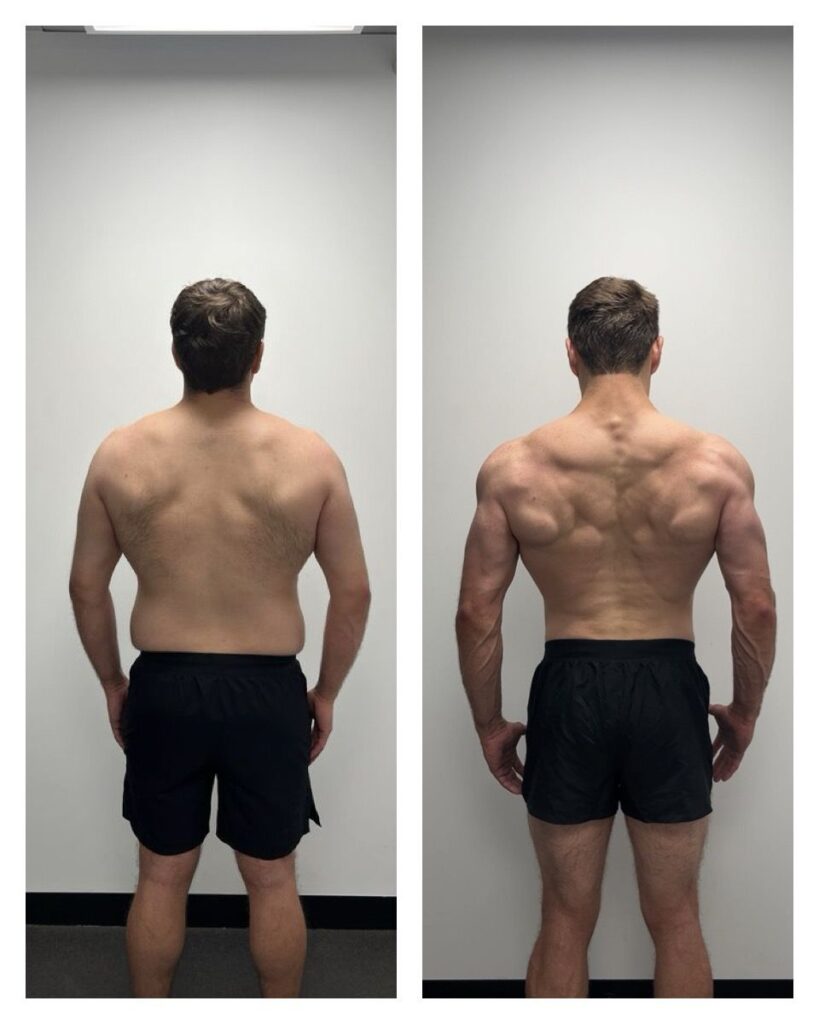
A year before my wedding, I’d managed to lose about 12kg, but over the following few months I gained nearly 10kg back. With the wedding less than four months away, I was almost back at my starting point. It was incredibly defeating, it felt like all my hard work had been for nothing. That was my low point. I still had a last reserve of motivation, but I knew I couldn’t do it the same way. I needed expert guidance and that external accountability to finally break the cycle.
I shifted my mindset from a short-term diet to a long-term project with a clear goal and a coach to hold me accountable. After years of yo-yoing, I knew I couldn’t white-knuckle my way through another transformation alone. My lightbulb moment was realising that willpower is a finite resource, and I needed a smarter system, not just more effort.
The structure my UP trainer John Flowers provided was a game changer. I was already meal prepping, so we just refined my meals to be more satiating with a bigger variety of vegetables and a focus on protein. Knowing exactly what I was going to eat for the week eliminated daily decision fatigue and removed the temptation to snack.
We also made my training efficient. I learned that a 45-minute, focused session could be more effective than a meandering 90-minute one. This made it easier to stick to, even on busy days. The fun part came from seeing the data, watching my strength improve and my body composition change week by week.
This process helped me recognise that consistency over intensity is what makes the difference. I stopped seeing a single bad meal as a failure and just got back on plan with the next one. The external accountability from John was crucial; it meant I wasn’t just letting myself down if I strayed, I was letting our plan down. That was a powerful motivator.
We kept my existing cadence of training four days per week. Three of these days were full body training sessions with a focus on hypertrophy. The other day was a focus on technique work for Olympic lifts (snatch/clean and jerk).
The results were beyond my expectations. In 14 weeks, I dropped from 87.2kg to 73kg, and my body fat dropped from 30 per cent to around 10 per cent. By the end of the transformation I felt like a new man. I had more energy deep into the calorie deficit than I did when I started. My blood pressure improved dramatically, and for the first time in a long time, I felt in control of my nutrition.
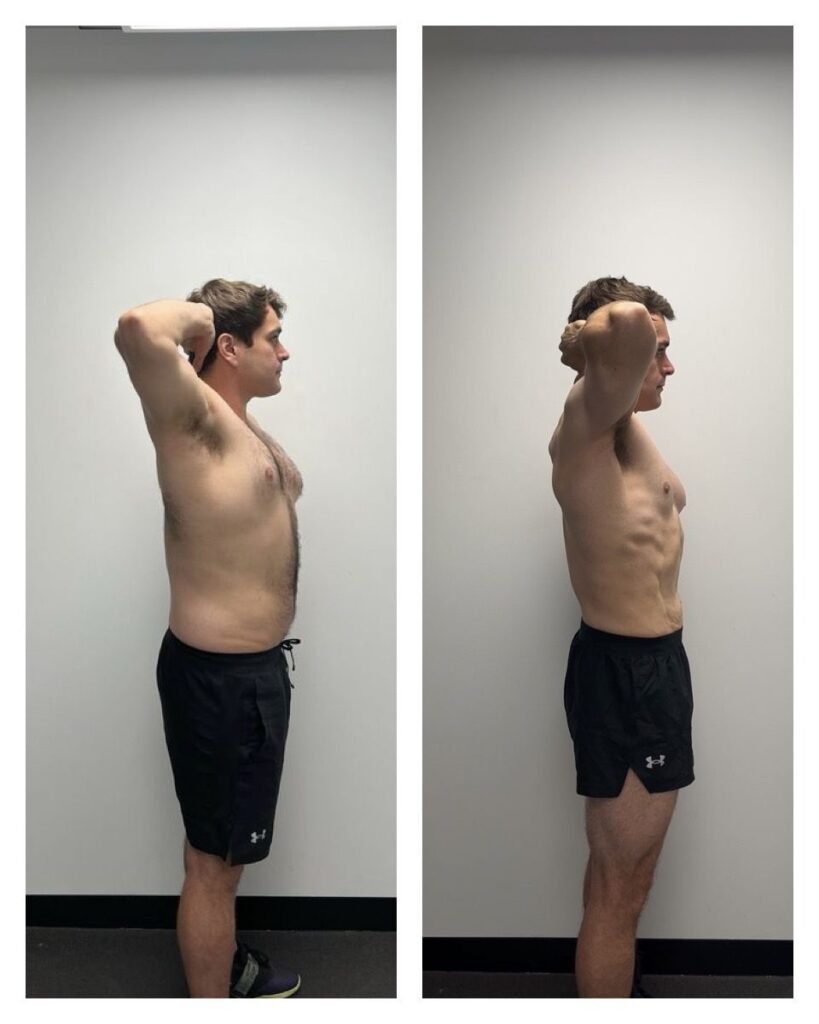
Before my transformation, I always felt sluggish. Even though I was training consistently, my poor diet was like an anchor holding me back. Mentally, I felt defeated. The cycle of gaining and losing the same 20kg year after year, compounded by this recent regression, had really chipped away at my confidence. I felt like I was fighting my own body and losing.
I’ve struggled with binge eating in the past, despite the fact that my main meals were actually quite healthy. I was prepping overnight oats, satay tofu, and seitan with rice. The problem was the lack of control around snacks. I’d buy things like chocolate or chips with the intention of moderation, but I’d end up eating everything that same day. To break the cycle, I’d often throw any leftovers away, vowing to start fresh tomorrow. But tomorrow always looked the same. It was a draining and expensive cycle that ultimately led to the most recent 10kg weight re-gain before I started with UP.
My trainer John helped me to improve my existing meal prepped food. We had a big focus on satiety and incorporating a larger variety of vegetables. Through the majority of the transformation we stuck to three meal prepped meals per day: overnight protein oats (+ blueberries), firm tofu with spudlite potatoes and roasted vegetables, and seitan with spudlite potatoes and roasted vegetables.
As we got closer to the end of the transformation and had less fat to lose we started to incorporate an additional meal of cream of rice with protein powder and berries prior to our workouts.
I have been a vegetarian for the last 5 years (purely for my own personal ethical framework, not health related). I found that there wasn’t anything particularly challenging about doing this transformation as a vegetarian. John was helpful and accommodating, taking my protein staples (tofu, seitan, textured vegetable protein, etc) and incorporating them into my weekly prepped meals. I’m currently eating 200 grams of protein per day and I don’t find it difficult to hit that on a vegetarian diet.
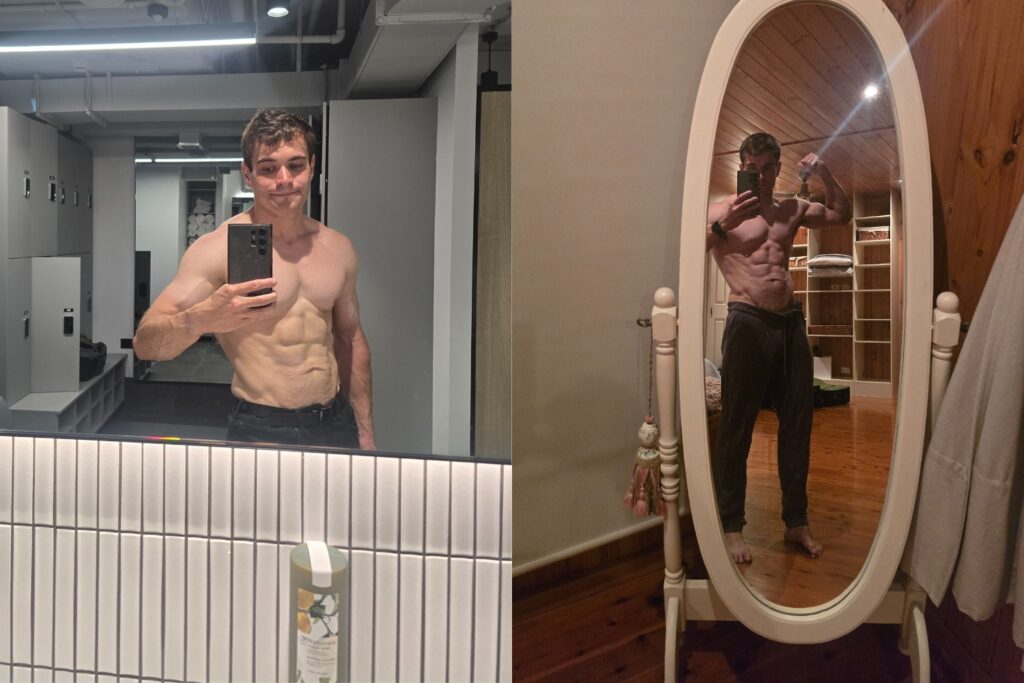
Today I am feeling like a new man again. I have more energy now, even deep into my deficit, than I did before starting the transformation. I feel much more comfortable in my everyday clothes and shopping for new clothes is much more fun than before.
My relationship with fitness has completely changed. It’s no longer just about weight loss. Now, I’m excited to integrate my new knowledge into my passion for Olympic weightlifting. My goal is to continue to build upon my hypertrophy base and work towards hitting a new personal best in the snatch. For the first time, I’m planning a maintenance phase, not another weight loss cycle.
To anyone out there looking to improve their own health, I would say that the aesthetic results might feel far away and progress may be slow in the beginning, but don’t underestimate how quickly consistency adds up.
I would suggest finding enjoyment in the process of the transformation rather than in the result itself. Instead of looking at the finish line, enjoy the grind. Absorb the information, learn how your body responds to different foods and training styles, and take pride in executing your plan well. That accumulated knowledge and those small daily wins are what make the results stick for life.”




